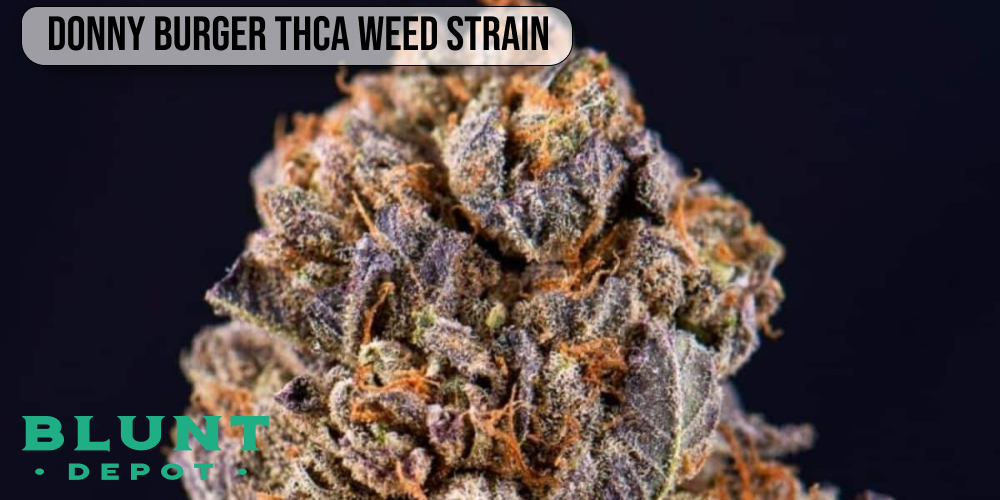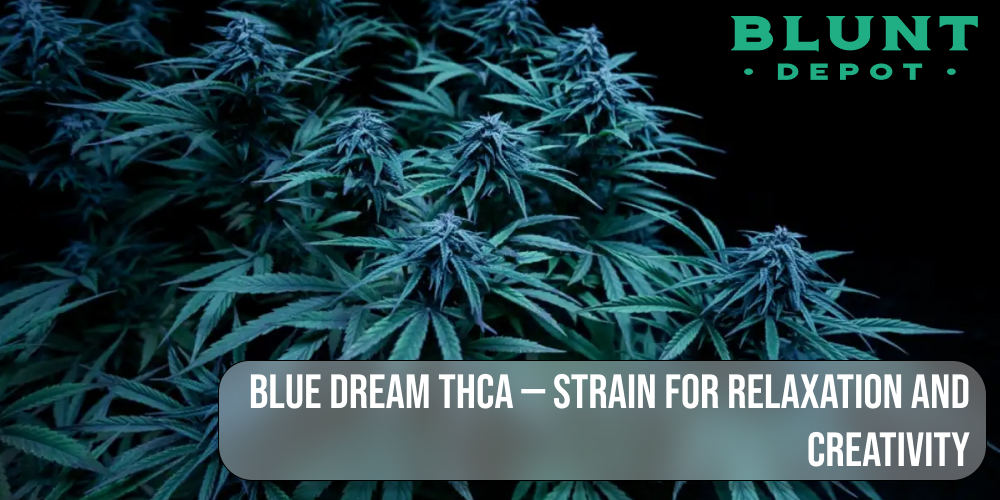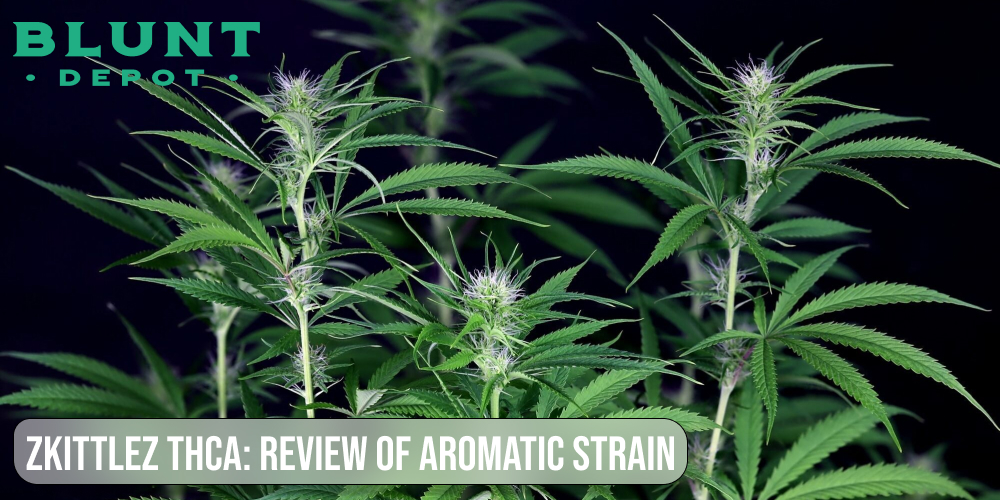Learn more about !
[How Strain Affects Brain Response Time]
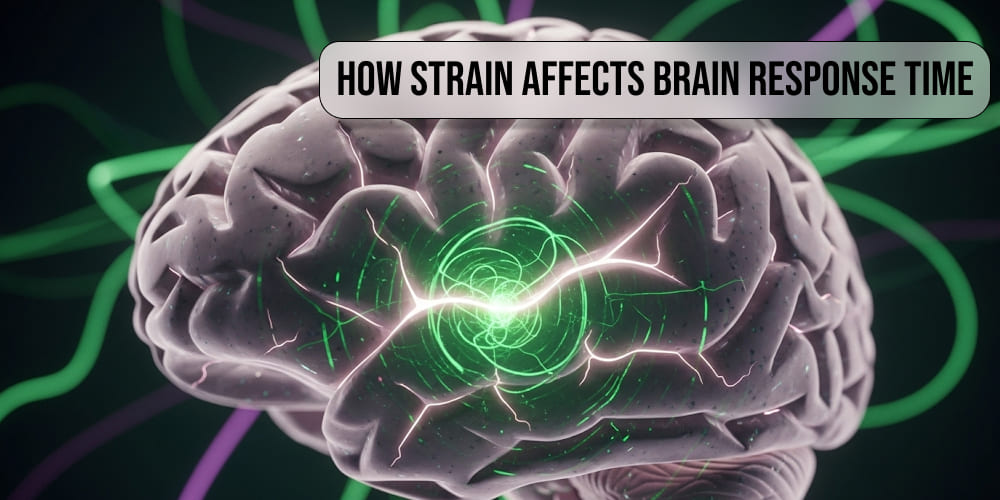
Brain response time isn’t just about how quickly you catch a falling phone or dodge a flying ball. It’s a complex neurophysiological ballet, involving instant perception, deep information processing, and the formation of a clear, swift response. In today’s fast-paced world, where every fraction of a second can matter—whether in an intense video game or on a busy road—optimizing this neural dance has become surprisingly relevant. We’re constantly searching for ways to enhance our cognitive function, and in this pursuit, cannabis, surprisingly, finds itself at the center of attention regarding how strain affects brain response time.
The impact of cannabis on our brain is truly a universe in itself, but when discussing response time, the main stars in this orbit are THC (tetrahydrocannabinol) and CBD (cannabidiol), along with their loyal companions, terpenes. These compounds, much like skilled conductors, interact with our endocannabinoid system. This system, essentially, is the chief orchestrator of our internal harmony, regulating a multitude of vital functions: from mood and sleep to appetite and, of course, our cognitive abilities. It’s precisely due to the unique combination of these components that each cannabis strain can exert its own distinct influence on how strain affects brain response time.
- How cannabinoids subtly interact with the endocannabinoid system.
- The role of THC and CBD in the elegant modulation of neural activity.
- The influence of terpenes on the overall bouquet of effects, impacting how strain affects brain response time.

Strain Genetics and Neural Pathways: Nature’s Secrets Revealed
Behind every cannabis strain lies a unique genetic code, much like a fingerprint, which determines its distinctive chemical makeup. Picture it as a complex culinary recipe: some ingredients dominate, creating unique flavors (or effects), while others contribute entirely different nuances. Indica, Sativa, and Hybrids aren’t just fancy labels; they denote a specific profile of cannabinoids and terpenes that, in turn, intricately interact with the neural pathways deep within our brain. For example, Sativa strains are often associated with an effect that feels like a breath of fresh air: they stimulate, can accelerate thought processes, but sometimes, like any potent stimulus, might lead to a slight overstimulation, influencing how strain affects brain response time.
Indica, on the other hand, is known for its soft, enveloping action that might gently slow down reactions but simultaneously offers deep relaxation and anxiety relief, much like a cozy blanket on a cool evening. Hybrids, like masterful jugglers, offer an incredible variety of effects, deftly balancing between these two extremes. These subtle differences in how they impact our neural pathways aren’t just subjective feelings; they’re backed by deep scientific reasoning, linked to the activation of various receptors in the brain and changes in the speed at which nerve impulses are transmitted. This truly is a concert happening inside our heads, demonstrating how strain affects brain response time.
- The subtle distinctions between Indica, Sativa, and artful Hybrids.
- How they influence the astonishing speed of nerve impulse transmission.
- The magical activation of specific neural receptors, impacting how strain affects brain response time.
THC: The DJ on the Speed Control Deck
THC, or tetrahydrocannabinol, is the key cannabinoid that essentially conducts the psychoactive effects of cannabis. Its influence on brain response time can be likened to a DJ masterfully altering the tempo of a musical piece. In small, moderate doses, THC can induce a wave of euphoria and pleasant relaxation, potentially slightly slowing down reaction time, yet paradoxically enhancing focus on specific tasks. It’s akin to entering a special “zone” where external distractions fade, allowing the brain to concentrate on what matters most, illustrating how strain affects brain response time.
However, increase the THC dosage, and the effect can reverse entirely. High doses risk leading to a slight cloudiness of consciousness, some impairment in motor coordination, and a noticeable slowing of response time. This occurs due to excessive stimulation of cannabinoid receptors, which disrupts the orderly functioning of neural networks responsible for our cognitive functions. So, much like with a fine wine, the key here is the art of moderation and a deep understanding of one’s personal limits, profoundly impacting how strain affects brain response time.
- The surprising effects of THC in carefully measured, low doses.
- The unpredictable impact of high THC doses on our cognitive functions.
- The subtle influence on response time depending on the chosen dosage, revealing how strain affects brain response time.

CBD: Exquisite Balance and Delicate Modulation
CBD, or cannabidiol, is the second most prominent cannabinoid in cannabis, but unlike THC, it doesn’t possess psychoactive properties. Its role in the context of brain response time can be compared to that of a high-class sound engineer skillfully adjusting volume and clarity. CBD not only doesn’t slow down reaction time but is also capable of elegantly modulating the effects of THC, reducing its psychoactive impact and potentially mitigating the very reaction time slowdown that can sometimes be caused by excessively high THC doses. It acts as a kind of “buffer,” helping our brain maintain an astonishing balance, showing us how strain affects brain response time.
This is precisely why strains with high CBD content or products containing exclusively CBD can be particularly appealing to those seeking therapeutic effects without significant changes to their cognitive functions. CBD interacts with the endocannabinoid system quite differently than THC, indirectly affecting receptors and modulating the delicate release of neurotransmitters. This explains its potent potential in reducing anxiety and improving overall well-being, which, in turn, can indirectly but significantly impact response time, making it more stable and predictable, like a well-tuned mechanism.
- The pleasant absence of CBD’s psychoactive effect.
- The delicate modulating action of CBD on THC’s effects.
- CBD’s influence on the overall stability and predictability of response time, showcasing how strain affects brain response time.
Terpenes: The Aromatic Orchestra Playing for Speed
Terpenes are far more than just aromatic compounds that give cannabis its unique, distinctive scent and flavor; they are true, virtuoso conductors who influence the entire symphony of effects that a particular strain can evoke. Imagine THC and CBD as the majestic, primary instruments of the orchestra, and terpenes as the very bows, hammers, and valves that determine the tone, mood, and even dynamics of the entire performance. Limonene, myrcene, caryophyllene—each contributes its own distinct note to the overall harmony, masterfully interacting with cannabinoids and enhancing or subtly altering their action, directly impacting how strain affects brain response time.
For instance, limonene, also found in bright citrus fruits, is known for its invigorating, stimulating effect and can contribute to improved mood and concentration, potentially leading to a noticeable acceleration in response time. Myrcene, conversely, is often associated with a soft, calming, and even sedative effect, which, naturally, might slow down thought processes. This amazing “entourage effect,” where various compounds work in perfect synergy, like a well-coordinated ensemble, is key to deeply understanding precisely how strain affects brain response time.
- The delightful role of terpenes in creating unique aroma and flavor.
- The subtle interaction of terpenes with cannabinoids, like a musical duet.
- Vivid examples of terpenes and their potential influence on response time, revealing how strain affects brain response time.
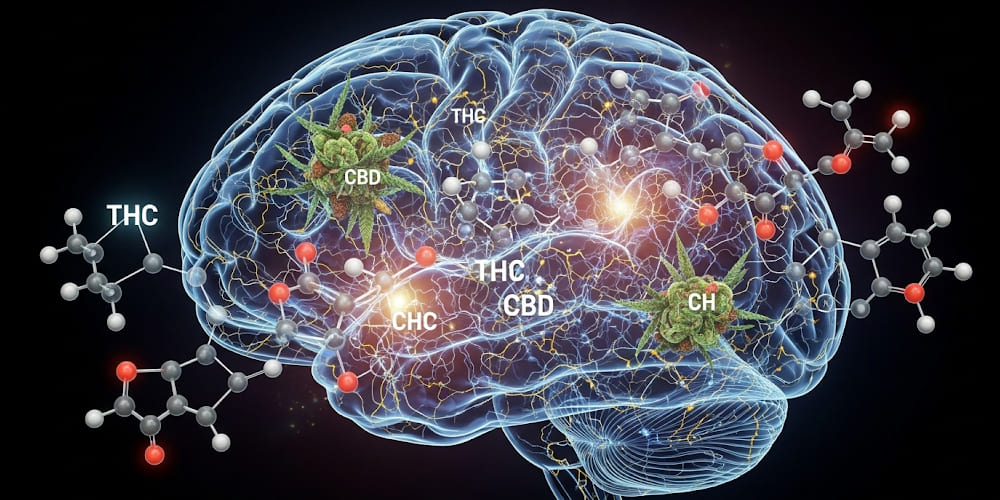
Phenotype and the Entourage Effect: Every Plant is a Personality
The phenotype of cannabis isn’t just its outward appearance; it’s the entire collection of its inherent characteristics, including its unique chemical profile. Even plants of the exact same strain can display subtle differences in cannabinoid and terpene content, depending on cultivation factors like light intensity, nutrient quality, and even climate specifics. It’s akin to siblings: they come from the same family, but each possesses their own distinct personality and temperament. This is precisely why the effect of the same strain can vary slightly from batch to batch, which, in turn, will subtly impact your response time, illustrating how strain affects brain response time.
The entourage effect is a profound concept that explains how all these wonderful cannabis components (cannabinoids, terpenes, flavonoids) work together, creating a singular, unique, and holistic effect that far surpasses the sum of their individual parts. Imagine it not just as a sum of ingredients, but a true culinary symphony, where each element plays its indispensable role in crafting an unparalleled, deep flavor. Understanding phenotype and the entourage effect is critically important for those who aim to precisely predict and masterfully optimize the influence of cannabis on their brain’s response time, providing crucial insight into how strain affects brain response time.
- Subtle differences in chemical composition based on cultivation conditions.
- The profound concept of the entourage effect, explaining synergy.
- The critical importance of phenotype for accurately predicting the impact on response time, and thus how strain affects brain response time.
[Comparison: CBD, CBN and THCA – Which is Better for Sleep?]
[Jealousy THCa strain]
[Top 5 THCA Strains for Relax]
Individual Peculiarities and Dosage: The Art of Personalization
It’s crucial to remember that each of us is unique, and the reaction to cannabis is always a deeply personal experience. What works perfectly for one person might be entirely unsuitable for another, or even trigger a completely opposite effect. Factors such as unique metabolism, individual tolerance, general health, and even emotional mood at the time of consumption all influence response time. It’s similar to choosing the perfect pair of shoes: the size, shape, and material must perfectly fit you, as if custom-made, highlighting the personal aspect of how strain affects brain response time.
Dosage also plays a truly critical role. Too little, and the effect will be barely noticeable; too much, and you risk encountering undesirable side effects, including a significant slowing of response time. Always begin cautiously, with very small doses, be patient, and listen attentively to your body’s signals. Remember that the true goal is to find that “sweet spot” that allows you to achieve the desired effect without any negative consequences for your cognitive functions, showcasing how strain affects brain response time.
- The unique individual differences in response to cannabis.
- The incredible importance of correct, measured dosage.
- The influence of unique metabolism and accumulated tolerance on how strain affects brain response time.
How to Choose a Strain for Optimal Response? A Journey to the Ideal
Selecting the right cannabis strain for finely optimizing your brain’s response time is a true art, demanding careful attention to every detail. If your primary goal is to boost concentration and noticeably accelerate reaction, you might want to turn your gaze towards Sativa-dominant strains with a high content of terpenes like limonene or pinene. These are often associated with an invigorating and stimulating effect, much like a strong cup of coffee. However, be extremely cautious with strains containing very high amounts of THC, as an excess can lead to unwanted anxiety and even some slowing. This highlights the crucial role of how strain affects brain response time.
If, on the other hand, you’re seeking gentle relaxation without a significant reduction in response time, Hybrids with a delicate balance of THC and CBD can be an truly excellent choice. And, of course, always begin your experimentation with small doses and closely observe your unique reaction. Don’t hesitate to experiment with different strains, keep a personal journal of your sensations to better understand how strain affects brain response time for you. Remember that the ideal strain for one person might be entirely unsuitable for another. This isn’t a destination, but a captivating journey, so enjoy the process of discovery!









